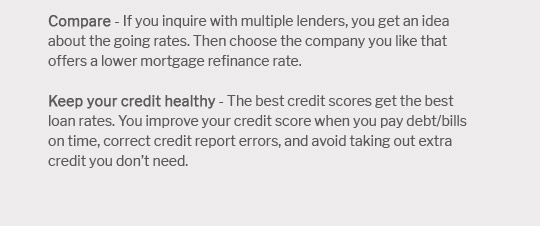 |
|||
 |
 |
 |
||
|---|---|---|
 |
||
 |
||
 |
||
 |
||
 |
 |
 |
 |
Understanding 20 Year Refi Rates and Their BenefitsRefinancing your mortgage can be a strategic financial move, especially when you're considering a 20-year refinance option. This term offers a balance between reducing interest payments and managing monthly costs effectively. Advantages of 20 Year Refinance RatesA 20-year mortgage refinance provides several advantages that can appeal to homeowners looking to optimize their finances. Let's explore some of these benefits:
Comparing 20-Year with Other Term Options30-Year RefinanceA 30-year refinance might offer lower monthly payments, but it often comes with higher overall interest costs. It's worth exploring the differences by looking at a mortgage refinance rates graph to visualize these variances. 15-Year RefinanceChoosing a 15-year refinance can significantly reduce the amount of interest paid, but it also requires higher monthly payments compared to a 20-year term. This option suits those who can manage higher monthly expenses while aiming for quicker homeownership. How to Choose the Right LenderSelecting the right lender is crucial for a successful refinance. Here are some tips:
For veterans, it's beneficial to consider specialized options like va loan lenders who offer competitive rates and benefits tailored to military service members. FAQ Sectionhttps://www.credible.com/mortgage/refinance/rates/20-year-fixed
Check 20-year fixed refinance rates. Then personalize them. Your refinance rate depends on your credit score and other details. https://fred.stlouisfed.org/series/MORTGAGE30US
View data of the average interest rate, calculated weekly, of fixed-rate mortgages with a 30-year repayment term. https://www.freddiemac.com/pmms
The 30-year fixed-rate mortgage ticked down by two basis points this week.
|
|---|